How Much CRP Level is Dangerous?


Related products
What is CRP?
C-Reactive Protein (CRP) is a substance produced by the liver in response to inflammation. Its levels in the blood increase in response to acute and chronic inflammatory conditions, making it a critical biomarker for inflammation in the body. Dr. Emily Robertson, a leading immunologist, states, "CRP levels provide us with a direct indication of the amount and severity of inflammation present in the body, offering crucial insights for diagnosis and monitoring."
The primary role of c reactive protein crp in the body is to bind to phosphocholine expressed on the surface of dead or dying cells (and some types of bacteria) in order to activate the complement system, part of the immune system that helps clear pathogens and damaged cells from the organism. This process supports the body's effort to ward off infections and heal from injuries. However, an elevated CRP level can indicate excessive inflammation, potentially signalling underlying health issues.
Understanding how much CRP level is dangerous is imperative for both diagnosis and treatment of various conditions. An elevated CRP level can be a precursor to several serious health conditions, including heart disease, inflammatory bowel disease and autoimmune diseases. According to Dr. Johnathan Hayes, a cardiologist, "Monitoring CRP levels can be as crucial as monitoring cholesterol in cardiovascular disease prevention." This underscores the significance of regular CRP level checks in maintaining optimal health and preventing disease progression.
What are the various CRP Levels?
The CRP level is used to measure inflammation in the body and can indicate various health conditions. A normal CRP level typically falls below 10 mg/L, reflecting minimal inflammation. When there are significantly elevated crp levels, often above 10 mg/L but below 100 mg/L, it may suggest moderate inflammation due to infections or chronic diseases. Severe elevation of CRP levels, often exceeding 100 mg/L, can indicate more serious inflammatory conditions such as autoimmune diseases, severe infections, or acute flare-ups of chronic diseases. Monitoring CRP levels helps healthcare providers assess the severity and progression of inflammation, aiding in diagnosis and management of conditions.
Normal CRP Levels
Normal CRP level is typically below 3.0 mg/L. However, the normal CRP levels and values can vary based on individual factors and laboratory standards. Factors affecting a normal CRP level include age, sex, and certain lifestyle habits. It's important to note that a 'normal' range does not guarantee the absence of disease, as CRP levels can fluctuate based on a variety of factors.
Elevated CRP Levels
An elevation in CRP levels is considered significant when levels exceed 10 mg/L, indicating acute inflammation or infection. However, levels slightly above the normal range, often referred to as high-sensitivity CRP (hs-CRP or hs crp level), can indicate chronic inflammation and increased risk of cardiovascular disease. Dr. Laura Simmons, a rheumatologist, mentions, "Slight elevations in CRP levels, though often overlooked, can be early indicators of more severe inflammatory diseases."
Possible causes of elevated CRP levels include infection, chronic diseases such as rheumatoid arthritis, and lifestyle factors such as smoking and obesity, which can indicate when a CRP level is dangerous. The symptomatology associated with high CRP levels varies, including fever, fatigue, and pain, which are common to many conditions, further highlighting the importance of CRP in clinical diagnostics.
Health Implications of High CRP Levels
Association with Inflammatory Conditions
High CRP levels are linked to a variety of inflammatory conditions, including rheumatoid arthritis, lupus, and inflammatory bowel disease. These conditions trigger the body's immune response, leading to elevated CRP levels. The role of CRP in diagnosis and monitoring of these conditions is crucial; it helps gauge the severity of inflammation and the effectiveness of treatment regimens.
Relation to Cardiovascular Diseases
CRP is a recognised risk marker for cardiovascular disease. Elevated levels can indicate an increased risk of heart attacks and strokes. The understanding of the link between CRP levels and heart health has significantly advanced, with Dr. Hayes noting, "CRP testing is now almost routine in assessing cardiovascular disease risk, alongside traditional markers such as cholesterol and blood pressure."
Other Health Risks Associated with Elevated CRP Levels
Elevated CRP levels are also associated with autoimmune diseases, infections, and even cancer, serving as a general marker for health issues within the body. The presence of high CRP levels in conjunction with other symptoms can lead to early detection and treatment of these conditions, potentially reducing the severity and improving patient outcomes.
Factors Influencing CRP Levels
The main factors influencing CRP values include one's lifestyle and medical conditions.
Lifestyle Factors
Diet
Diet significantly affects CRP levels. Foods high in sugar, trans fats, and refined carbohydrates can increase inflammation, thereby raising CRP levels. Conversely, a diet rich in fruits, vegetables, whole grains, and omega-3 fatty acids can reduce inflammation and lower CRP levels. Nutritionist Dr. Helen Foster advises, “Incorporating anti-inflammatory foods like berries, nuts, and leafy greens can have a profound effect on reducing CRP levels.”
Exercise
Regular physical activity is proven to lower CRP levels. Exercise helps improve circulation, reduce weight, and combat stress, which all contribute to lowered inflammation. Dr. Alex Richardson, a sports medicine specialist, states, “Regular, moderate exercise is key in maintaining optimal CRP levels and overall health.”
Smoking and Alcohol Consumption
Smoking and excessive alcohol consumption are associated with higher CRP levels. Smoking contributes to oxidative stress and inflammation, while excessive alcohol intake can disrupt the balance of the immune system. Quitting smoking and moderating alcohol consumption are critical steps in reducing CRP levels and enhancing overall health.
Medical Conditions
Obesity
Obesity is a significant factor in elevated CRP levels. Fat cells, particularly those in the abdominal area, produce substances that can lead to chronic inflammation, high blood pressure, cardiovascular risk and abnormal CRP levels. Dr. Susan Park, an endocrinologist, highlights, “There is a clear correlation between obesity and elevated CRP levels, making weight management crucial for reducing inflammation.”
Diabetes
Individuals with diabetes often have elevated CRP levels due to chronic inflammation associated with insulin resistance. Managing blood sugar levels through diet, exercise, and medication can help reduce CRP levels and the risk of complications.
Chronic Diseases
Chronic diseases such as rheumatoid arthritis, lupus, and chronic kidney disease can lead to elevated CRP levels. These conditions are associated with ongoing inflammation, underscoring the importance of managing the underlying disease to control CRP levels.
Testing and Measurement of CRP Levels
Types of CRP Tests
Standard CRP Test
The standard CRP test measures general levels of inflammation in the body and is used to diagnose conditions like bacterial infections or rheumatic diseases. However, it is not sensitive enough to detect low levels of inflammation associated with heart disease and other chronic conditions.
High-sensitivity CRP (hs-CRP) Test
The hs-CRP test is more sensitive than the standard test and can detect lower levels of CRP. This test is particularly useful in evaluating the risk of cardiovascular disease.
Interpreting Test Results
What Different Levels Indicate
CRP levels lower than 1.0 mg/L indicate a low risk of cardiovascular disease, levels between 1.0 and 3.0 mg/L indicate a moderate risk, and levels above 3.0 mg/L indicate a high risk. However, interpretation can vary based on individual health profiles and underlying conditions.
Factors Affecting Test Accuracy
Several factors can affect the accuracy of CRP tests, including recent infections, injuries, or surgical procedures. It is important to consider these factors when interpreting results and to perform repeat testing if necessary.
Managing and Reducing High CRP Levels
Medical Interventions
Medications
Anti-inflammatory medications, statins, and other drugs can be prescribed to help lower CRP levels and reduce inflammation.
Surgical Interventions
In some cases, surgical interventions to address underlying health issues may result in reduced CRP levels.
Lifestyle Changes
Dietary Modifications
Adopting an anti-inflammatory diet, reducing sugar and saturated fat intake, and increasing consumption of fruits, vegetables, and omega-3s can help lower CRP levels.
Increasing Physical Activity
Engaging in regular physical activity, such as walking, cycling, or swimming, can significantly reduce inflammation and CRP levels.
Reducing Stress
Stress reduction techniques, such as meditation, yoga, or deep breathing exercises, can help lower CRP levels by reducing inflammation.
Regular Monitoring and Consultation
Regular monitoring of CRP levels and consultation with healthcare providers can help manage and reduce high CRP levels effectively. This enables timely interventions and adjustments to treatment plans.
People Also Ask
What is a concern level of CRP?
The concern level of CRP (C-Reactive Protein) varies depending on the context and the individual's overall health condition. Generally, a CRP level under 1.0 mg/L is considered low risk for cardiovascular disease, 1.0 to 3.0 mg/L is moderate risk, and above 3.0 mg/L is considered high risk. However, these values are primarily used for assessing the risk of cardiovascular problems. For other inflammatory conditions, the concern levels may differ, and high levels typically indicate significant inflammation or infection.
Is a CRP of 30 high?
Yes, a CRP level of 30 mg/L is considered high and indicates significant inflammation or infection in the body. While this level is well above the normal range, the specific implications depend on the individual's overall health status, symptoms, and clinical history. It is essential for individuals with such elevated levels to seek medical consultation for further evaluation and diagnosis.
Is a CRP of 200 high?
Yes, a CRP level of 200 mg/L is extremely high and suggests severe inflammation or a severe bacterial infection. Such a significant elevation could be associated with acute conditions like sepsis, severe bacterial infections, or major inflammatory diseases. It necessitates immediate medical attention to identify the underlying cause and initiate appropriate treatment.
What infections cause high CRP?
Various infections can cause high CRP levels, including:
-
Bacterial infections: Such as pneumonia, sepsis, or bacterial meningitis, typically cause a significant rise in CRP levels.
-
Viral infections: While they tend to cause a milder increase compared to bacterial infections, some viral infections like influenza or severe COVID-19 can also lead to elevated CRP levels.
-
Fungal infections: Systemic fungal infections can result in increased CRP levels, though these are less common.
-
Other infections: Pelvic inflammatory disease, urinary tract infections, and skin infections can also raise CRP levels.
It is important to note that while high CRP levels indicate inflammation or infection, they do not specify the cause. Further medical investigations are required to identify the exact source of infection or inflammation.
Conclusion
Understanding how much crp level is dangerous and their implications is crucial in detecting and managing inflammation-related health issues such as chronic inflammatory condition, heart disease and acute bacterial infections or a serious bacterial infection. Factors such as diet, exercise, and medical conditions significantly influence CRP levels, and appropriate testing and interpretation are essential in assessing cardiovascular disease risk and other health concerns.
Regular monitoring of CRP levels, by monitoring crp test result through blood tests, alongside other health indicators, is vital in preventing and managing chronic diseases and higher risk for other conditions. It enables early detection and intervention, which can significantly improve health outcomes.
Individuals are encouraged to consult their healthcare providers for personalised advice and regular CRP level checks. This ensures tailored approaches to reducing CRP levels and enhancing overall well-being.




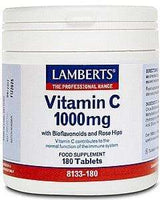
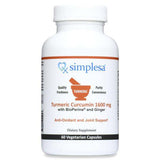
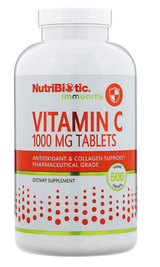
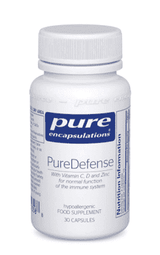
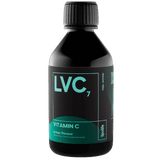
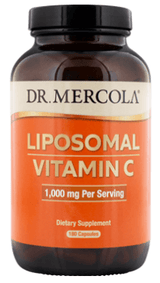
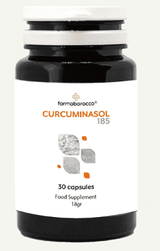
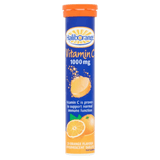



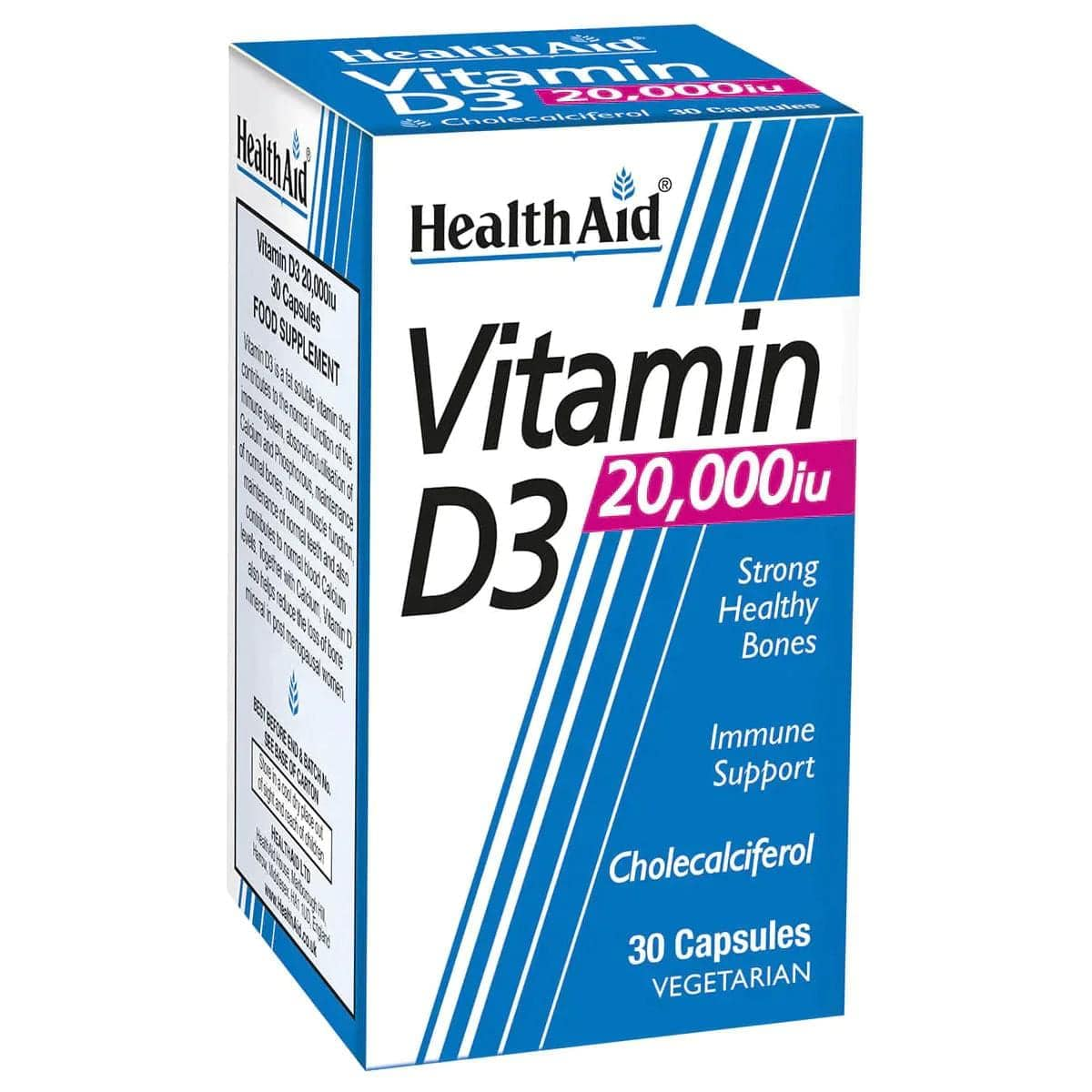




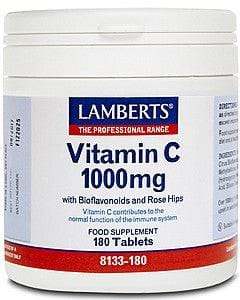
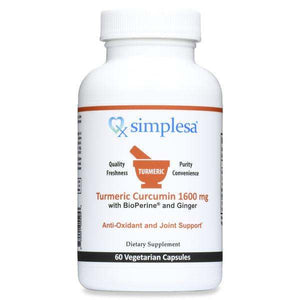
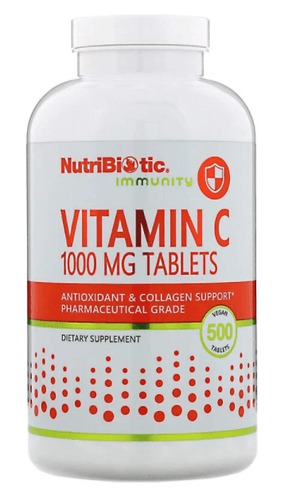
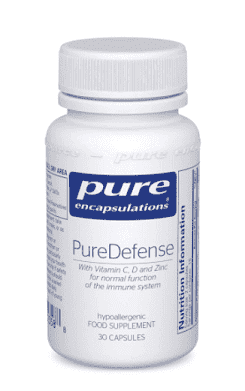
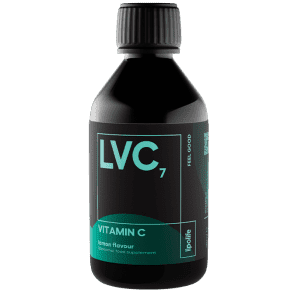
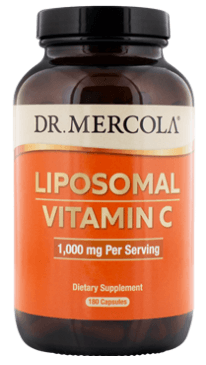
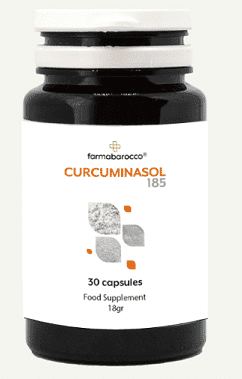











 Rated Excellent by 14,617+ Reviews
Rated Excellent by 14,617+ Reviews